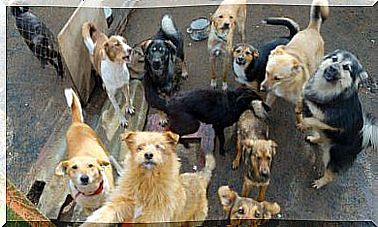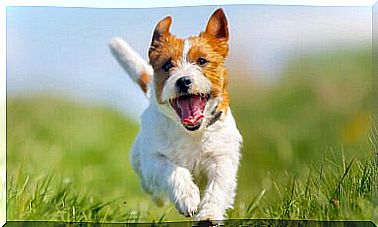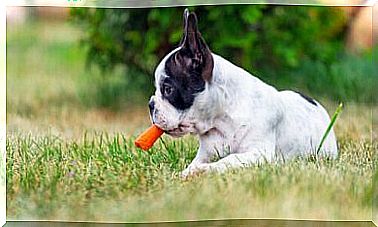The Language Of Horses: How To Understand And Interpret It
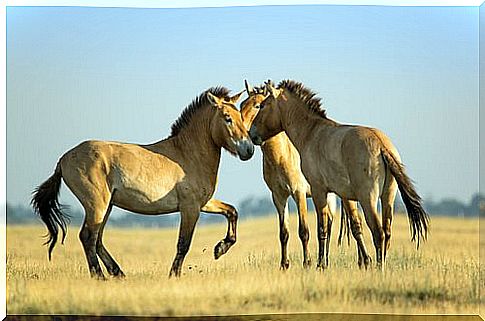
Although humans share life with many pets, many features of their intelligence and ethology are often underestimated. A good example is the language of horses, much more complex than you think and which demonstrates the great intelligence of these equines.
Although we are used to knowing better the relationship between horse and rider, these mammals have a very intense social life , based on a nucleus of individuals with strong emotional ties. This aspect can still be seen in wildlife such as Przewalski’s Horse (pictured above).
The use of the body in the language of horses
It is true that body language is very important in horses. As we will see later, in fact, it is impossible to talk about the language of horses without talking about the importance of physical contact and the messages sent through certain bodily movements.
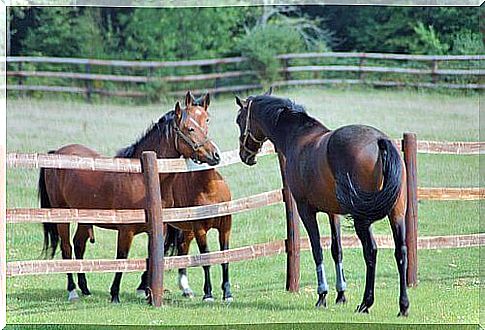
The ponytail is also an excellent communication tool. In the case of sudden movements, regardless of those induced by flies, they can indicate nervousness and irritation. Keeping it low or even between your legs, as dogs do, can indicate fear or submission.
The mouth is often very expressive. The retraction of the lips, with the horse showing teeth and gums, indicates a threat or that we are facing a frightened horse. A behavior that can also be accompanied by bites in the air. On the contrary, the relaxed and drooping lips indicate peace and serenity.
In general, the whole attitude of the horse can offer a lot of information about his mental state. If the animal extends its head to sniff or lick you, it means that it is curious and feels safe. If he turns his back and approaches, better move away: he is preparing to kick.
Speak the language of horses
While it sounds incredible, there have always been attempts to interpret this language in order to communicate directly with horses. Think that, in the Far West , there are many legends according to which Native Americans are even related to these wild animals.
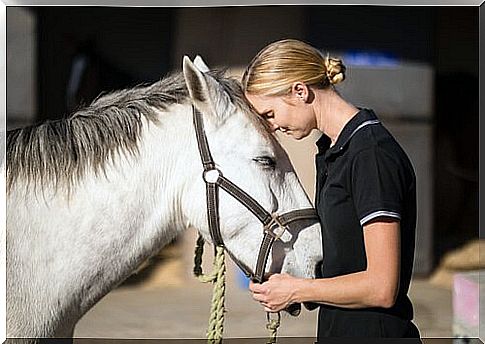
For example, the Chickasaw Indian tribe developed a kind of alphabet called equs . It was mainly based on signs with some vocalization, and which took into account the horse’s own communication.
In fact, Native Americans taught this form of communication to many pioneers. Even today, incredibly, some of those traditional signs are found in equestrian specialties, such as dressage.
The ears, the key to understanding the language of horses
Recently, a study showed that one of the most important forms of communication in horses is the movement of their ears. They seem to be able to even indicate points of interest by moving and orienting this part of the body.
These studies have fundamentally changed the way people interact with their equines. For a very long time, more importance was given to body posture. Today, on the contrary, we know that a horse carefully observes the gaze of humans and, of other animals, controls the movement of the ears.
An important experiment, carried out thanks to an audio and video recording, confirmed that, without the possibility of visualizing eyes and ears, horses cannot decipher the information communicated by others like them.
